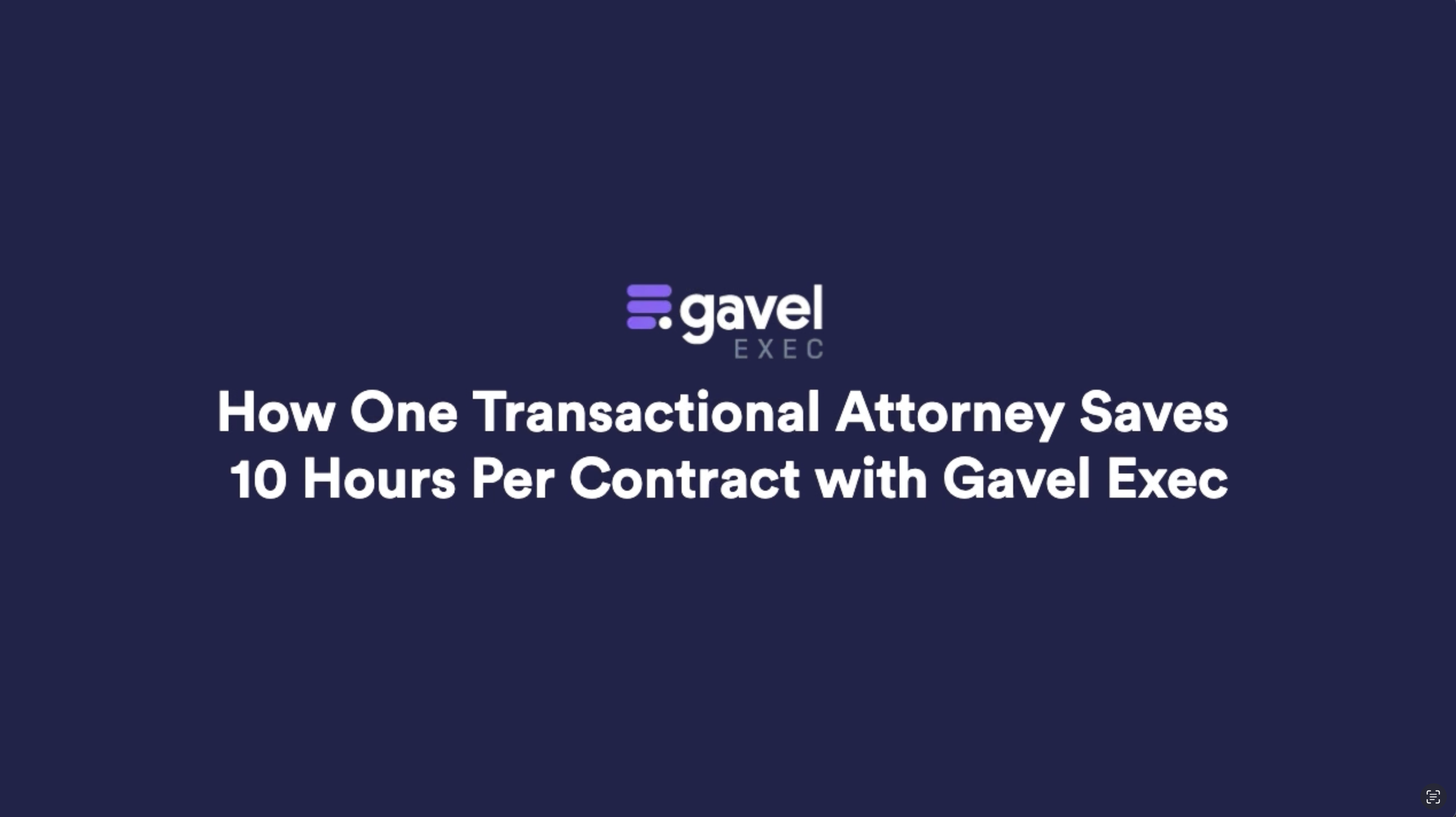Plans & Pricing
About Gavel
Careers
Product Wishlist
Subdomain Log In
Manage Account

Lawyers fear the use of technology could reduce profitability, but data shows lawyers can drive profits when clients perceive documents to be complex.
Easy intake and document automation to auto-populate your templates.
Many lawyers worry that adopting technology could reduce—or even threaten the viability of their practice. However, data tells a different story. A 2020 survey survey of 418 Australian law firms of all sizes found that document automation is not only compatible with profitability—it can actually enhance it.
The findings suggest that lawyers can increase their profits by leveraging automation, especially when clients view the documents as complex. This holds true even under flat-fee or alternative fee agreements, where efficiency gains directly improve margins without sacrificing perceived value.
For law firms broadly—and especially for small firms and solo practitioners—document automation and flat-fee billing have often been viewed as a dual threat to profitability. The concern has been that combining automation with flat fees would shrink the margin, or "spread," between the attorney's time investment and the amount that could reasonably be billed to the client.
In reality, data from the Australian survey suggests the opposite of the common assumption: combining document automation with fixed fees can actually increase law firm profitability.
How? It comes down to client perception. When clients view their legal needs—particularly documents—as complex and time-consuming, they are often willing to pay a premium flat fee. Lawyers can then use document automation software (often functioning as legal intake tools) to generate the necessary documents using far less attorney time.
This creates a profitable margin between the premium fee charged and the actual time spent, allowing attorneys to capture greater value than they might through traditional billable-hour work. In many cases, this can result in higher profits than would be possible without automation.
So, which types of documents do clients consider complex? As the chart below illustrates, client perceptions of complexity vary:

Source: Artificial Lawyer
Using the Australian market as an example, as highlighted in the Artificial Lawyer study, average hourly value varies accordingly—from under AUD $200 for simple directives to over AUD $500 for complex asset sale agreements.
The key takeaway: small firms and solos can capture these returns. By pairing flat fees with document automation, they can meet client expectations for efficiency and affordability—while achieving greater profitability themselves.
To recap: Document automation can improve profit margins for small firms and solo practitioners because it allows attorneys to charge a premium fixed fee—driven by clients’ perception of complexity—while drastically reducing the time required to produce the deliverables. This creates a favorable profit curve by increasing the return per unit of attorney time.
This is especially relevant in light of a second key insight from the Australian survey: flat fee structures are steadily replacing the billable hour. As shown in the following chart, a growing number of firms—including smaller firms—now generate more than 50% of their revenue through fixed fee arrangements.
So how can small firms capitalize on this shift? By integrating document automation software into their practices, they can meet client expectations for efficiency and value while also protecting—and even enhancing—their bottom line.

Source: Artificial Lawyer
The data makes one thing clear: for small firms and solo practitioners whose practice areas involve documents that clients perceive as complex, combining document automation with fixed fees can significantly increase profitability.
But what about practices that focus on documents perceived as less complex? Document automation software still offers a strong return in these areas. By dramatically reducing the amount of attorney time required for each matter, automation frees up capacity—allowing attorneys to take on more work, increase the overall volume of flat-fee matters, and grow revenue through scale.
In fact, document automation frees attorneys in two key ways:
While many lawyers worry that automation and flat fees will reduce profitability, the data suggests otherwise. Used together, these tools can increase profitability—especially when aligned with client expectations of value and complexity.
In short, document automation software isn’t just a time-saver. It’s a powerful tool for managing client intake data, scaling services, and building a more profitable and sustainable practice.
%20(2).png)
We're getting great questions about using Invisible Logic (now called Calculations) in Workflow Builder 2.0, so we wanted to address the most common ones. Let's dive in!

"That's where the magic is. That's where I can save a good 10 hours. There's a day saved easily."